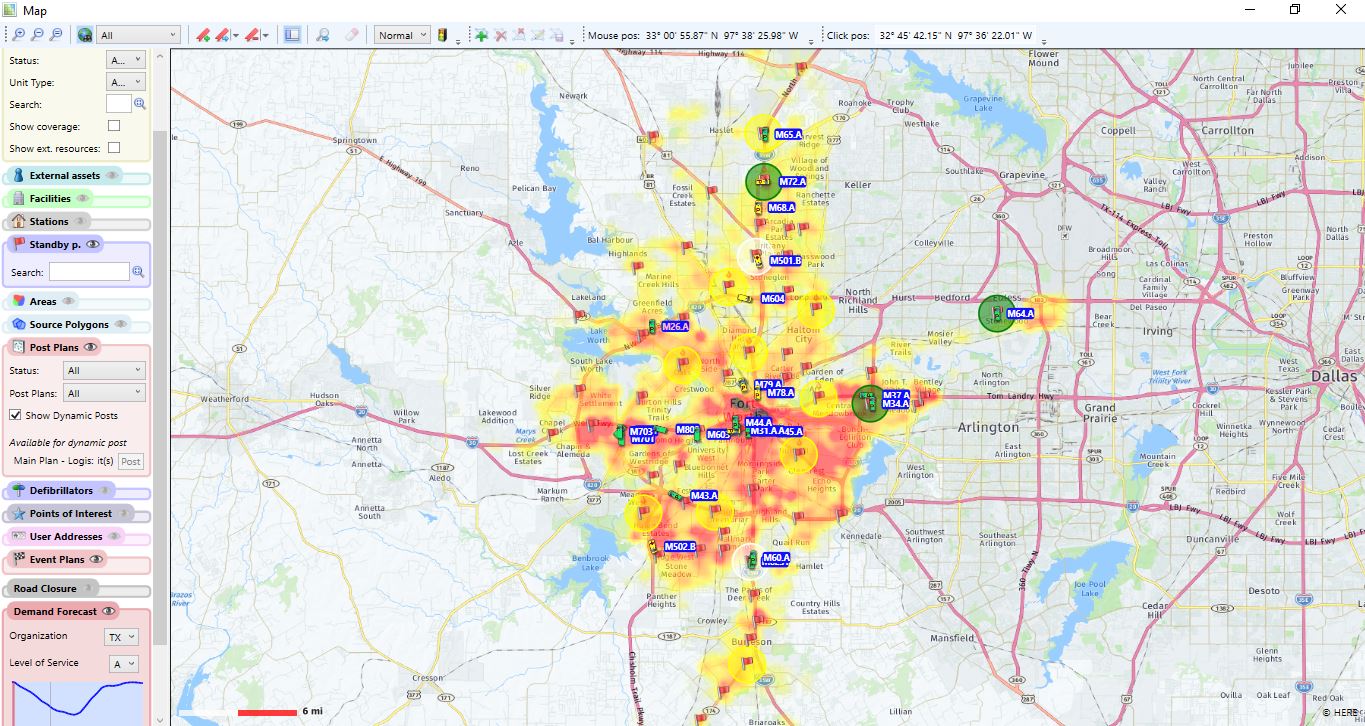MAEMSA Financial Ownership Statement:
MedStar Mobile Healthcare is the trade name for the Metropolitan Area EMS Authority (MAEMSA). The MAEMSA is a governmental administrative agency established through the adoption of a uniform EMS ordinance and interlocal cooperative agreement between municipalities under the provisions of Section 773.051 of the Texas Health and Safety Code and the provisions of Chapter 791.001 of the Texas Government Code (the “Interlocal Cooperation Act”), which provides that combinations of governmental units may contract for the provision of governmental services. The MAEMSA/MedStar Mobile Healthcare is not a subsidiary of any other agency or corporation, nor does it have any financial interest in any other agency or corporation.
MedStar System Foundational Documents:
The Interlocal Agreement and Uniform EMS Ordinance are the foundational documents for MedStar. The Interlocal is an agreement between cities that are part of the EMS Authority – they enter into the agreement with each other to create the governmental administrative agency known as MedStar. Concurrently, each member city enacts the Uniform EMS Ordinance in the city (the exact same in each city), that makes the EMS Authority the only authorized ambulance provider in that city, and establishes EPAB as the city’s Medical Control Authority.
Click on the links below for copies of these documents.
- MedStar Service Fees
- MedStar Member City Interlocal Agreement Enacted 2020
- MedStar Member City Uniform EMS Ordinance Enacted 2020
- MedStar 2024 Careholder’s Report (Animated Flip Book)
- MedStar 2024 Careholder’s Report (PDF Download Version)
- MedStar 2023 Careholder’s Report (Animated Flip Book)
- MedStar 2023 Careholder’s Report (PDF Download Version)
- MedStar 2022 Careholder’s Report (Flip Book with Download Options)
- MedStar 2021 Careholder’s Report (Flip Book with Download Options)
- MedStar 2020 Careholder’s Report
- MedStar 2019 Careholder’s Report
- MedStar 2018 Careholder’s Report
- MedStar 2017 Careholder’s Report
- MedStar 2016 Careholder’s Report
- MedStar 30th Anniversary Report
- Service Area
- Current Medical Care Protocols for EMS, Community Paramedicine and Critical Care
- Current Medical Directives
As a governmental agency, the Metropolitan Area EMS Authority (dba MedStar Mobile Healthcare) ascribes to the philosophy of full operational and fiscal transparency. In addition to providing monthly financial reports, including account level detail for any expenditure greater than $5,000, we post our fiscal audits, conducted by an outside agency, to help assure the public has full awareness of MedStar’s finances.
Below are links to our most current, and past fiscal audits of the Authority.
- MAEMSA FY 2022-23 Fiscal Audit
- MAEMSA FY 2021-22 Fiscal Audit
- MAEMSA FY 2020-21 Fiscal Audit
- MAEMSA FY 2019-20 Fiscal Audit
- MAEMSA FY 2018-19 Fiscal Audit
- MAEMSA FY 2017-18 Fiscal Audit
- MAEMSA FY 2016-17 Fiscal Audit
- MAEMSA FY 2015-16 Fiscal Audit
- MAEMSA FY 2014-15 Fiscal Audit
- MAEMSA FY 2013-14 Fiscal Audit
Our Mission:To provide world class mobile healthcare with the highest quality customer service
and clinical excellence in a fiscally responsible manner
The Metropolitan Area EMS Authority, known as MedStar, is the exclusive emergency and non-emergency ambulance service provider for 15 Tarrant County cities including Blue Mound, Edgecliff Village, Forest Hill, Fort Worth, Haltom City, Haslet, Lakeside, Lake Worth, River Oaks, Saginaw, Sansom Park, Westover Hills, Westworth Village, and White Settlement.
MedStar provides ambulance and community paramedicine service to 436 square miles and more than 1.1 million residents and responds to over 190,000 calls a year.
MedStar maintains dual accreditation by the Commission on Accreditation of Ambulance Services (CAAS) and the International Academies of Emergency Dispatch (IAED); one of only 33 agencies in the United States to have these dual accreditations.
MedStar is a high performance Emergency Medical Services (HPEMS) system, providing advanced clinical care with high economic efficiency.
The Metropolitan Area EMS Authority was established by the City of Fort Worth in 1986. For nearly 20 years, MedStar contracted with private-for-profit contractors to provide day-to-day operational management through competitive-based contracting. The Authority administered the contract, managed accounts receivable, and managed the system infrastructure including the primary facilities and communications center. In the spring of 2005, the Authority negotiated an end to the contract with its most recent contractor. The Authority then assumed all responsibility for the day-to-day operations of the EMS system and created the MedStar we know today.
System Management
From the patient’s perspective, when calling 9-1-1 for an ambulance they want it to arrive quickly and render aid that provides relief. MedStar’s priority is to ensure that requests for service are handled promptly and ambulances reliably respond to any call.
MedStar utilizes state-of-the-art Dynamic Resource Management, which allows us to effectively cover our geographic service area while adjusting the location and number of ambulances in service to compensate for the ebbs and flow of call demand. We use a sophisticated predictive modeling system that graphically displays areas of projected call volume in 5 minute slices. We then move ambulances throughout the service area to cover the predicted demand.






